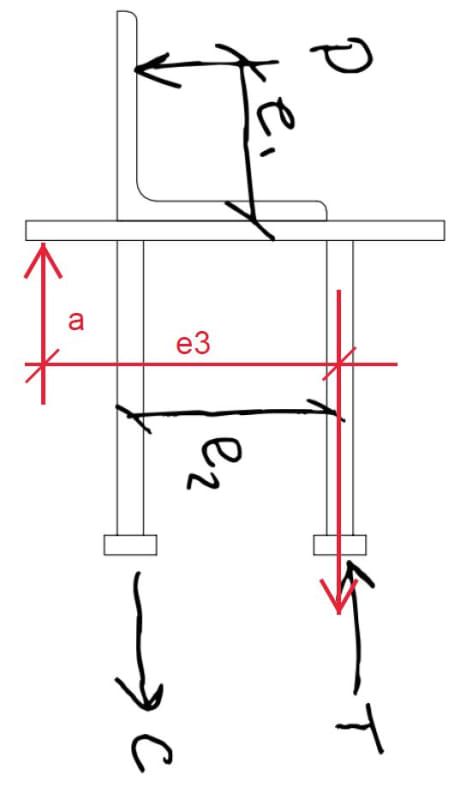JStructsteel
Structural
- Aug 22, 2002
- 1,446
See attached, would anyone disagree with my thoughts? For the second option, I am thinking i should use e2' as my distance.
Thanks
Thanks
Follow along with the video below to see how to install our site as a web app on your home screen.
Note: This feature may not be available in some browsers.

![[pipe] [pipe] [pipe]](/data/assets/smilies/pipe.gif)
don't forget their share of the shear reaction.JStructsteel said:Stud design will be based on tension in top row of studs.
![[pipe] [pipe] [pipe]](/data/assets/smilies/pipe.gif)
